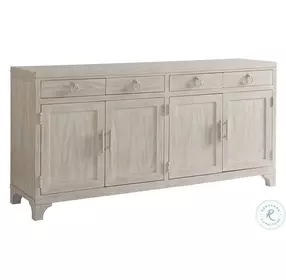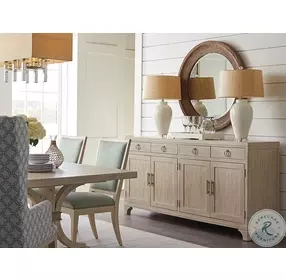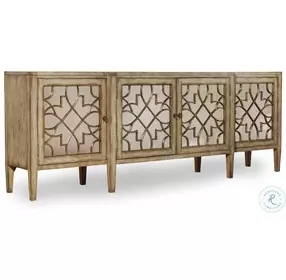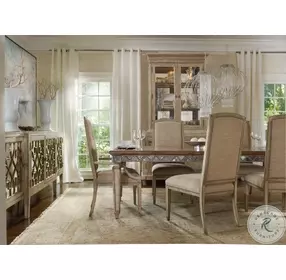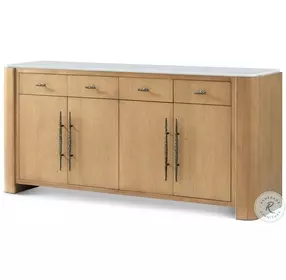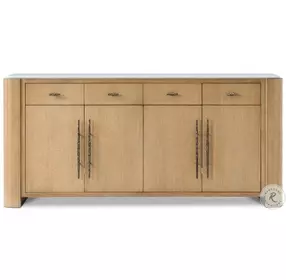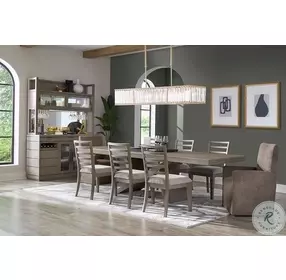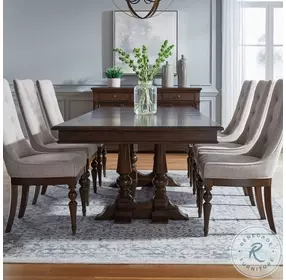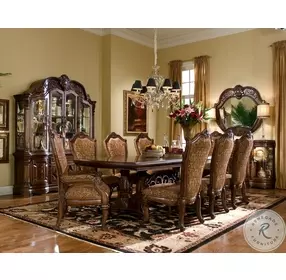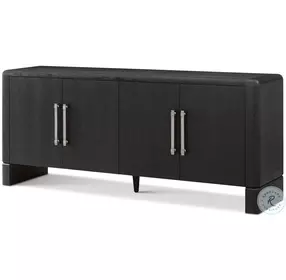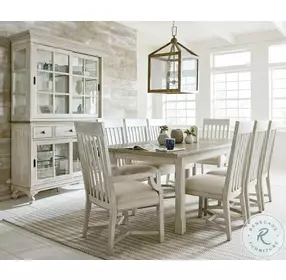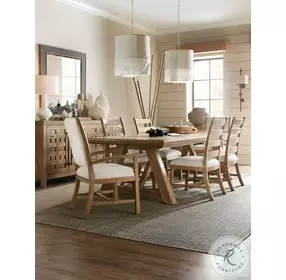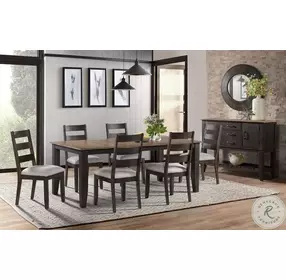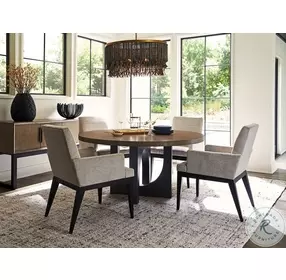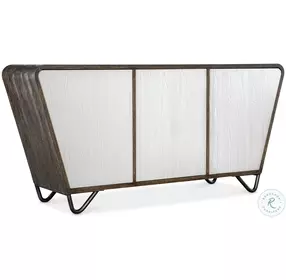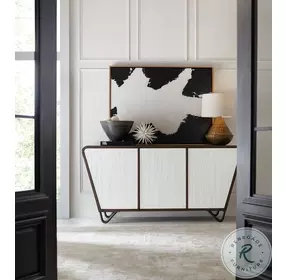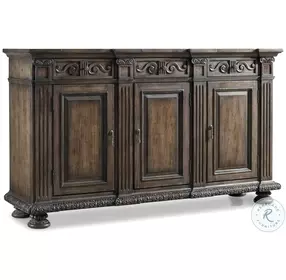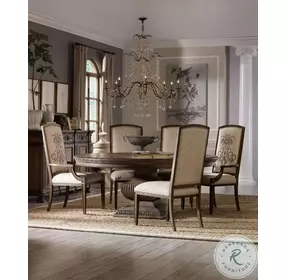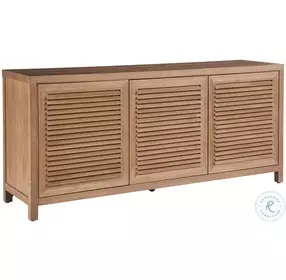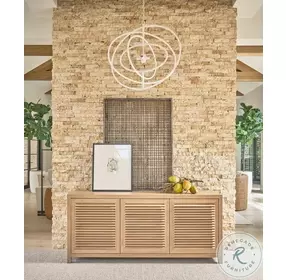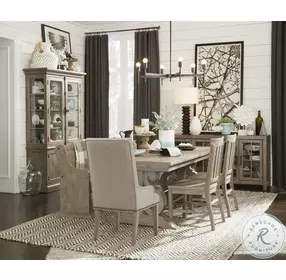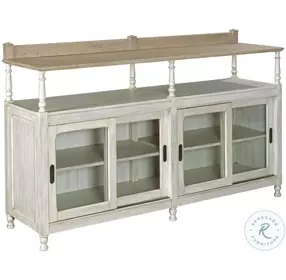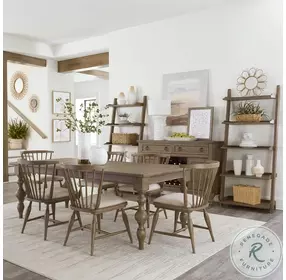Our website uses cookies and similar tracking technologies to collect information about your use of our site. This information may be shared to third parties for analytics and marketing to help us improve our services, personalize your experience, and provide targeted ads. By clicking 'Accept' or continuing to use our site, you agree to this as outlined in our Privacy Policy. Learn more about managing cookies here.
Sideboards & Buffet Cabinets
Barclay Butera
Newport Sailcloth Bayside Buffet By Barclay Butera
$4879.00$6100.00
Free White Glove
Hawthorne Living
Tranquility Surf And Visage Four Door Mirrored Console Table
$3529.00$4425.00
Free White Glove
Liberty Furniture
Ocean Isle Antique White And Weathered Pine Buffet with Hutch
$1649.00$2075.00
Free White Glove
White Glove delivery, on us.
Not only do we deliver for free, but we also set up and remove the packaging - an extra perk on thousands of items!
Michael Amini
Windsor Court Vintage Fruitwood Sideboard with Mirror
$3698.00$4625.00
Free White Glove
Save 15% with code
American Drew
Litchfield Sun Washed And Driftwood Sullivan Buffet
$1550.00$1950.00
Free White Glove
Save 10% with code
Free delivery, every time.
No matter the amount, delivery is always on us.
American Drew
Litchfield Sun Washed And Driftwood Dorset Credenza
$1550.00$1950.00
Free White Glove
Save 10% with code
Viewing 30 of 1811 results
Sideboards & Buffet Cabinets
Thinking About a Sideboard or Buffet Cabinet? Here’s What to Know.
A sideboard is more than just a piece of furniture, it’s a functional statement in any well-designed dining room. Traditionally placed against a wall, a sideboard is used for storing serving dishes, table linens, or flatware, and often doubles as a stylish surface for displaying decor. Sideboards typically feature a combination of cabinets, drawers, or shelving, and are available in a wide range of finishes and sizes to suit your space.
Sideboards first gained popularity in 18th-century England, where they were seen in formal dining rooms of wealthy households. Over time, they’ve evolved from purely practical storage pieces to key elements in modern home design. Today, a sideboard can be used not only in a dining room, but also in entryways, hallways, or even behind a sofa for extra storage and surface area.
A buffet cabinet shares many similarities with a sideboard, but it’s typically taller, shallower, and sometimes more formal in design. The term “buffet cabinet” is most often used in the context of serving food. Buffet cabinets are frequently found in dining rooms where guests might help themselves during a gathering—hence the name. These cabinets usually have long surfaces perfect for setting out dishes, and they’re designed to keep serving ware and dining accessories organized.
What’s the Difference Between a Sideboard and a Buffet Cabinet?
So what’s the difference between a sideboard, a buffet cabinet, and other similar pieces like a console table? While console tables are typically narrow and decorative, sideboards and buffet cabinets offer more enclosed storage and are meant to be functional workhorses. Compared to a sideboard, a buffet cabinet may be slightly taller and have a more formal appearance and use. But for most homeowners, the terms are used interchangeably, and many pieces can function as both, depending on how and where they’re styled.
How Should I Style My Sideboard or Buffet Cabinet?
Whether you’ve chosen a sideboard for its storage potential or a buffet cabinet for its elegance and utility, styling it well can turn this functional piece into a focal point.
Styling a Sideboard
A sideboard is often used in the dining room, but its styling should reflect the personality of your home. Start with symmetry: placing a pair of lamps or matching décor elements on either side can create balance. In the center, layer a piece of art or a round mirror to give the wall depth and visual interest.
Vary the heights of your decorative items for a more curated feel. Get inspired with ceramic vases, stacked books, or a low-profile floral arrangement. If your sideboard includes open shelving or glass-front cabinets, use baskets or neatly arranged dishware as accents.
For open-concept spaces, a sideboard can also serve as a subtle room divider and help define the dining area without blocking light or sightlines. Don’t be afraid to change your sideboard styling seasonally for a fresh feel year-round.
For White Sideboards: A white sideboard is a fresh option for dining rooms that lean bright, coastal, or minimalist. The clean finish has a crisp backdrop for colorful dishware, metallic accents, or soft natural textures like linen or stone. Or, pair it with brushed nickel hardware or gold-framed wall art for a sophisticated look.
For Black Sideboards: Black sideboards add depth, drama, and definition to your dining space. Black finishes work beautifully with wood floors, leather chairs, or darker wall colors. A black sideboard with clean lines can complement modern interiors, while distressed or matte options pair perfectly with farmhouse and rustic décor.
For Rattan Sideboards: A rattan sideboard introduces warmth, texture, and a relaxed vibe. Popular in boho, coastal, and Scandinavian styles, rattan detailing adds visual interest while keeping the overall look airy and natural. Rattan sideboards often combine wood frames with woven paneling. Use one to soften a modern room or bring texture to a minimalist space.
Styling a Buffet Cabinet
Buffet cabinets are designed with serving in mind, so leave room on the top surface for platters or drink trays when entertaining. Use decorative trays to group items—candles, coasters, or a small plant—so your buffet cabinet feels intentional, not cluttered.
To keep the focus on the height of a buffet cabinet, use vertical elements like candlesticks, tall vases, or framed artwork to draw the eye upward. If you’re using a buffet cabinet in a kitchen or breakfast nook, it can be a stylish home for small appliances, cookbooks, or even a coffee station setup.
For Kitchen Buffet Cabinets: Designed to support both storage and surface space, kitchen buffet cabinets are ideal for keeping cookware, utensils, or extra dishware organized. In smaller kitchens or casual dining areas, a buffet cabinet can double as a coffee station or extra prep space. Look for styles like the Nantucket with drawers, wine racks, or adjustable shelving for added convenience.
Sideboard & Buffet Cabinet FAQs
What is the difference between a buffet cabinet and a sideboard?
While they serve similar functions, a buffet cabinet is typically taller and more formal, often designed with serving in mind. A sideboard is usually lower, with a broader surface and more drawer storage. Both are excellent options for dining room storage.
What is the purpose of a sideboard?
A sideboard is used to store serving ware, dishes, table linens, and other dining essentials. In addition to storage, the top surface can be styled with décor or used to serve food during gatherings. Whether in a dining room, living room, or hallway, a sideboard adds elegance and functionality wherever it’s placed.
Is a console different from a sideboard or buffet cabinet?
Yes. A console table is generally narrow and decorative, while a sideboard or buffet cabinet offers enclosed storage and is designed to be more functional. Sideboards are deeper and often feature drawers or cupboards, making them more suitable for dining rooms.
What’s another name for sideboard?
Other common names include buffet, credenza, or even server. While there are slight design differences between them, most shoppers use these terms interchangeably with sideboard when referring to dining storage furniture.
Can a sideboard go in the living room?
Absolutely. A sideboard is a great addition to a living room, especially for storing board games, books, or media. Many people use sideboards behind sofas or as TV stands.
How do I choose the right sideboard size?
Measure your wall space first. A good rule of thumb is that a sideboard should be no longer than two-thirds the length of the wall or table it sits near. Standard heights range from 30–36 inches, depending on your needs and room layout.
Can you mix a sideboard with other dining furniture?
Definitely. Whether you're working with wood tones, metals, or painted finishes, a sideboard can complement your dining table or chairs. It doesn’t have to match exactly—as long as the scale and style feel intentional, it will enhance the overall look.
Can I repurpose a TV stand as a sideboard or buffet cabinet?
Yes, many media consoles and TV stands can be repurposed as sideboards or buffet cabinets, especially if they have enclosed storage and a sturdy surface. Look for designs with cabinets, drawers, or shelving, like the Hudson TV console. Be sure the height works for your space and the surface is large enough for styling or serving.
Expert Support and Delivery Services
Every sideboard and buffet cabinet from Coleman Furniture comes with free* home delivery, and qualifying orders (which include most of our sideboards and buffet cabinets) include free in-home setup. These pieces can be heavy, so you can feel comfortable knowing that trained furniture delivery teams will bring your order to your door, carry it inside to the room of your choice, and assemble the set for you. If your order isn’t quite right, our return policy ensures you can return or exchange within 5 days of delivery, as long as the items are in new and unused condition with their original packaging. Contact us anytime for questions or to receive personalized assistance with your order.
*Shipping charges apply when shipping to Hawaii or Alaska. Click here for full shipping and delivery details.








